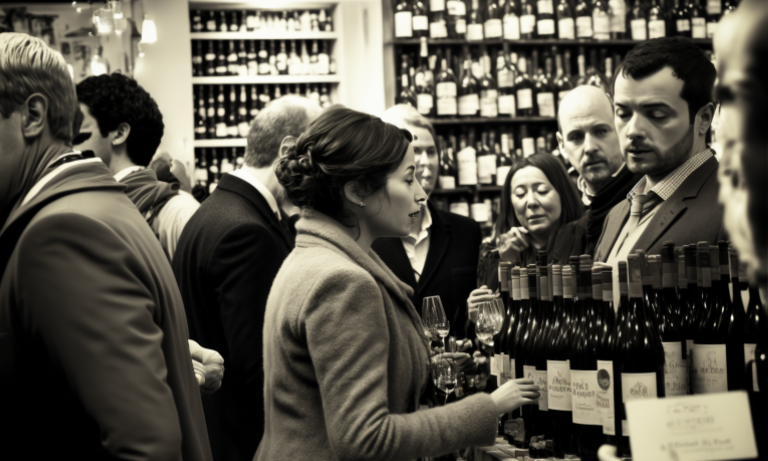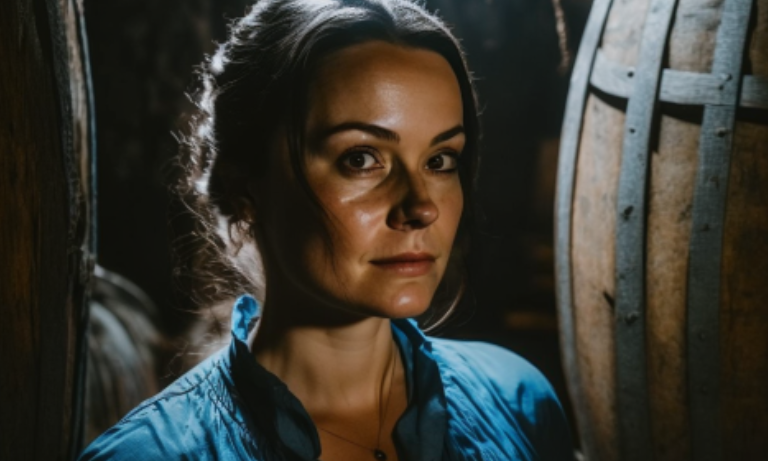
By developing a regional-level story, wine producers can create a compelling and unique identity for their region. This can be used to promote the region as a whole, highlighting its unique characteristics, history, and culture. This can help to attract wine tourists and drive sales of the region’s wines, generating economic activity and creating jobs, supporting the local economy and helping to sustain and grow the wine industry.
The economic impact of regional level storytelling
In addition, a regional level story can help to increase the value and demand for the wines of the region. By telling a compelling and engaging story about the wines, the region can build a loyal and passionate customer base, who are willing to pay a premium for the wines. This can help to increase the revenue and profitability of the winemakers, which can in turn support the local economy and the wine industry.
Developing a regional level story can also save winemakers time and effort with their marketing. This is because a well-crafted regional level story can provide a clear and consistent message for the wines of the region, which can make it easier for winemakers to communicate and explain their wines to consumers.
For example, at tastings, winemakers can use the regional level story to provide context and background information about the region and its wines. They can share the unique characteristics of the region, such as its terroir, climate, history, and traditions, and how these factors influence the flavours and aromas of the wines.
In turn, this can help to engage and educate consumers about the wines, and to enhance their tasting experience. By providing a clear and consistent message in all channels, winemakers can save time and effort at tastings, and focus on creating memorable and enjoyable experiences for consumers.
It is important for winemakers to adapt and customise the story to suit their own wines and unique characteristics. This is because each winemaker has their own approach to winemaking, their own vision for their wines, and their own unique story to tell.
To adapt and customise the regional story, winemakers can focus on the aspects of the story that are most relevant and meaningful to their own wines. For example, they can highlight the unique terroir of their vineyard, the climate and weather patterns of their region, the history and traditions of their winemaking family, or the distinctive flavours and aromas of their wines.
In addition, winemakers can add their own perspective and voice to the regional story, by sharing their own experiences, insights, and passions. This can help to make the story more personal and engaging, and to connect with the audience on an emotional level.
In short, developing a regional-level story for wine producers is more efficient and effective because it provides a shared narrative and identity for the wine region, helping to establish its distinctiveness and attract wine lovers.
The economic impact of a regional level story for wine producers can be significant, as it can help to attract tourists, increase the value and demand for the wines, and support the local economy and the wine industry.
Developing a regional level story for wine producers can save winemakers time at tastings, by providing a clear and consistent message for the wines of the region, and by engaging and educating consumers about the wines.
Winemakers should adapt and customise the regional story to suit their own wines and unique characteristics, in order to create a compelling and engaging narrative that resonates with their audience.
From Chaos to Connection: How to Improve the Visitor Experience and Build Stronger Customer Relationships at Wine Trade Tastings
I remember one of the first wine trade tastings I ever attended. I was excited to try all of the different wines and meet the producers
Don’t Get Lost In The Crowd: The Six Wine Stories Your Must Tell To Set Your Brand Apart In 2023
Producing close to 500 episodes of Interpreting Wine podcast over the last half-decade I’ve attracted listeners from the whole wine sales cycle, including importers, buyers, sommeliers and retailers.
Join an upcoming FREE group webinar live on ZOOM
We’ll cover
· What to say to increase audience engagement by 400%
· How to say it to engage more of the right customers
· When to say it, to increase the reach of your live events
· Discussion and live feedback on what’s working for you



